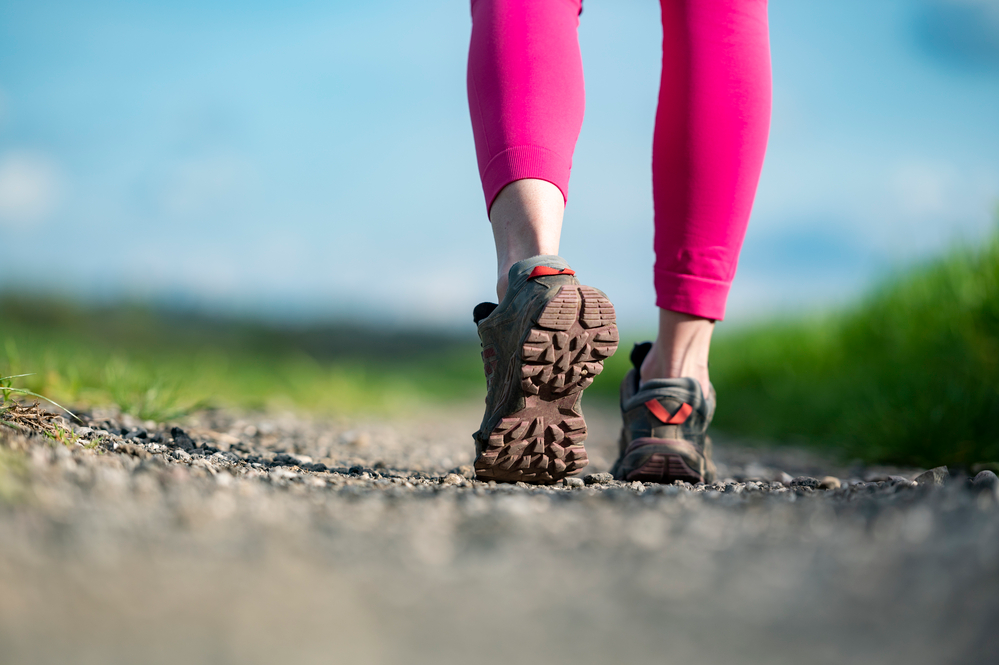How you walk can tell us a lot about what’s going on with the joints and muscles in your feet, knees, and hips. From watching you walk, we can determine if you are reaching the full range of motion in your ankles if there are excessive stresses on your knees, any weaknesses in your glute muscles, and so much more. Here are a few of the things we look for when we do a gate analysis.
1. The Knees
If you are experiencing knee pain, the gait analysis is a great place to start. As you are walking are your knees locking out, or is there excessive internal or external rotation? By looking at the motion of the knee while you walk we can determine which ligaments are taking on extra stress and which muscles are too tight. In a perfect gait, the knee is not rotated and has a slight bend as your heel strikes the floor and you take that step.
2. The pelvis
Watching the movement of the pelvis can give us insight into which joints are not gliding as they should and which muscles might be weak. The pelvis should stay level as you walk and transition your weight from one foot to the other. If the pelvis is tilting as you walk, it is a sign that we need to check the Sacroiliac joints and the gluteal muscles.
3. The feet and ankles
This is the most important part of the gait analysis. This is the base that you walk on and any issues with the arch of the foot or a decrease in ankle mobility can affect the knee and the hip. Every joint from the heel to the big toe needs to be working properly for the foot to move through a normal gait pattern.
Why do we check gait?
If you are a walker, runner, or hiker and you’ve noticed some pain while performing any of these activities, gait is a great place to start to help determine what structures are causing that pain. Next time you’re in the office, ask your doctor about gait analysis and we would be happy to take a look.

